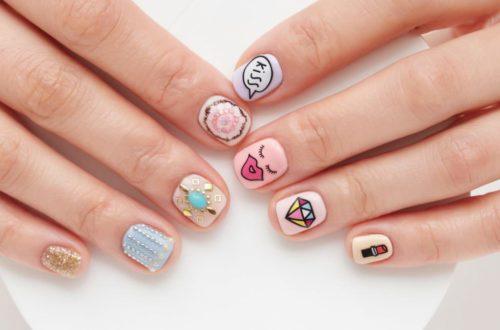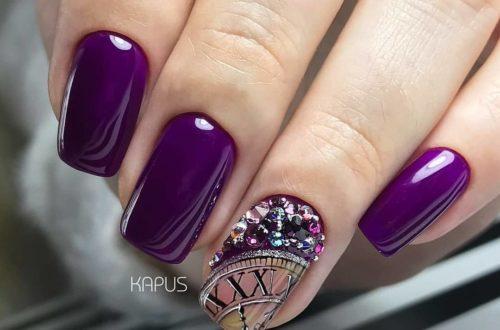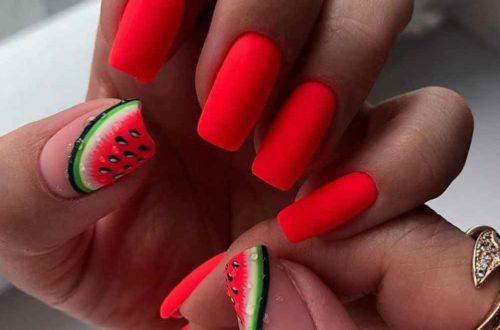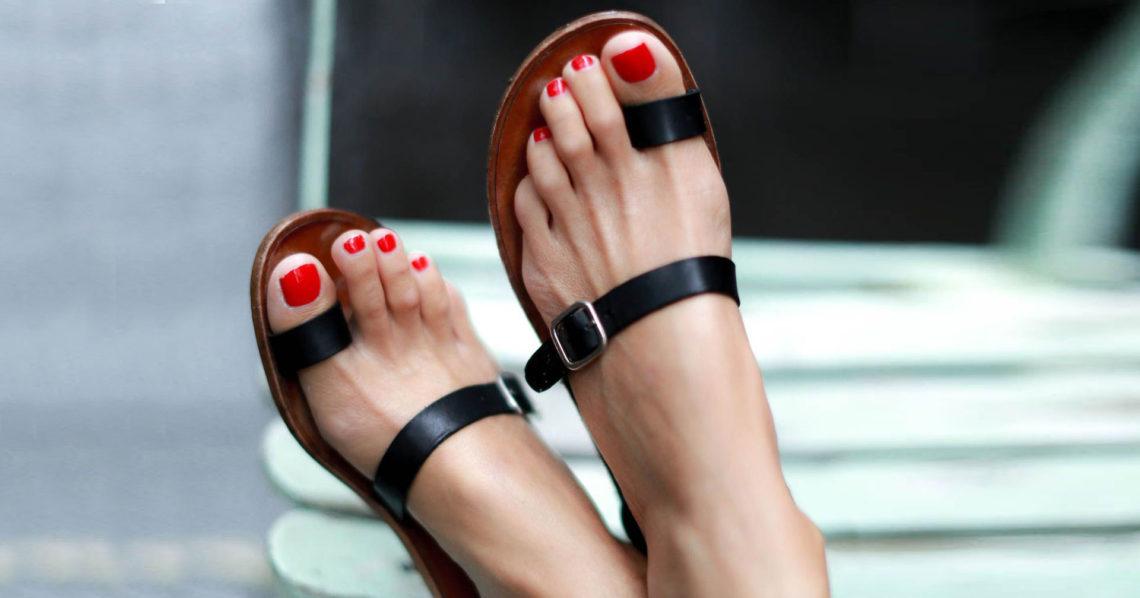
Hardware pedicure: the pros and cons of the procedure, as well as the technique of execution
Hardware pedicure is practically the most demanded, effective and safe procedure for the beauty of your legs. Many masters provide such a service in their salons, and the price and quality will greatly please you. In this article we will tell you all the details of the hardware pedicure, as well as the pros and cons of the procedure.

Content:
What is a hardware pedicure?
Hardware pedicure is a pedicure that is performed using a special device with attachments for treating the foot. Thanks to him, the master will be able to remove corns, calluses, microcracks, as well as keratinized skin from your legs.
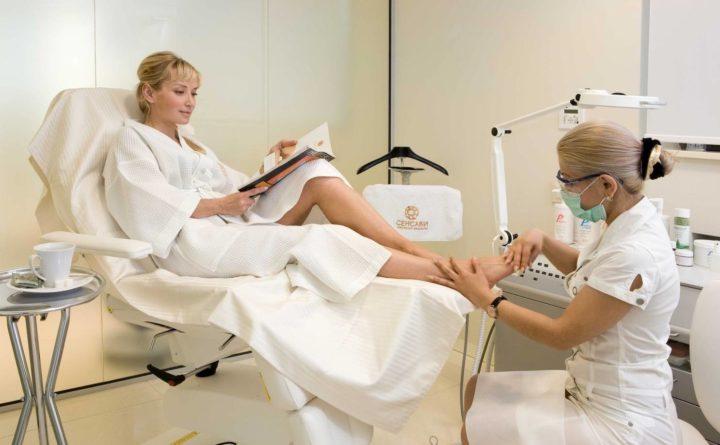
Pros of the procedure

- Safety, as no cutting tool is used in the hardware pedicure.
- Efficiency. Thanks to the high speed of the hardware, on which a special cutter rotates, all dead skin cells from the heels are removed quickly and reliably.
- With the help of a hardware pedicure, the master can even solve the problem of an ingrown toenail.
- Only with the help of an apparatus, you can effectively remove corns and calluses from your feet and toes in a few steps.
Cons of the procedure
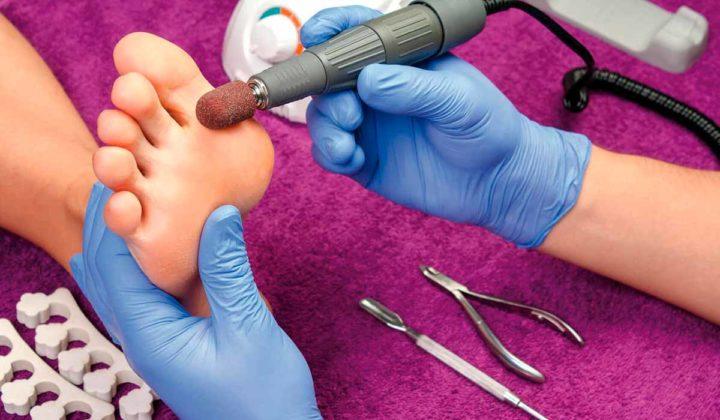
If your nail plate or cuticle is too thin, then you cannot have a hardware pedicure. And it is better to use a combined technique, where the European method of processing will be used on the nails, and hardware on the feet.
What cutters exist

Together with a special machine, the set also includes cutters, each of which is designed to do its job.
Milling cutter:
For cuticles and nails - it has a thin shape and a sharp edge.
For the treatment of the skin around the nails - has a ceramic or diamond attachment.
Foot cutter - Coarse abrasive diamond cutters can handle this job.
How is a hardware pedicure done?
Stage 1
To begin with, the master always asks the client what worries him, what calluses or corns. And then he starts examining the foot. After that, he treats the feet and interdigital space with a special antiseptic.
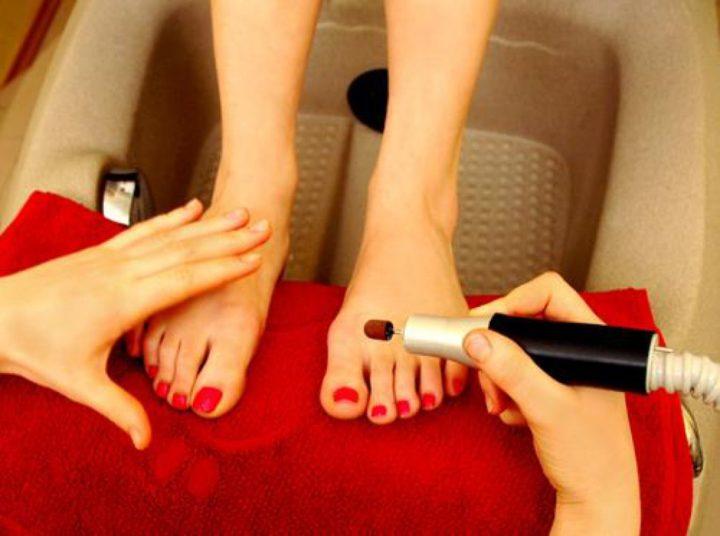
Stage 2
The master begins to correct the shape of the nail with a file, to the desired shape. Then he removes the pterygium with an apparatus, where the master uses a cone cutter. Often, to soften the cuticle, the master applies a remover to the nail to make it easier to remove it.
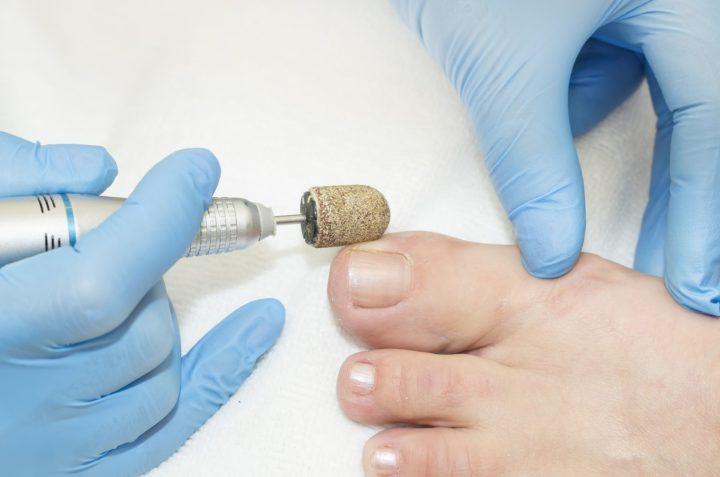
Then he proceeds to processing the rollers near the nail, and can also grind the nail plate itself. He uses a needle cutter to work on the lateral sinuses.
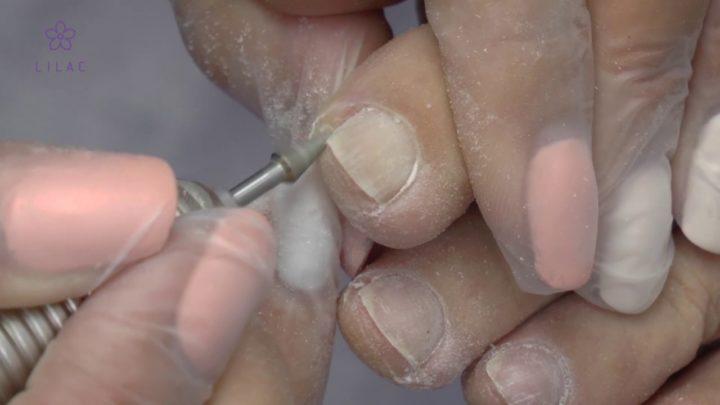
When the nails are ready, the master proceeds to polish the foot. First, polishing is done with a coarse cutter, and then a softer one, so as not to damage the delicate skin, under the keratinized layer.

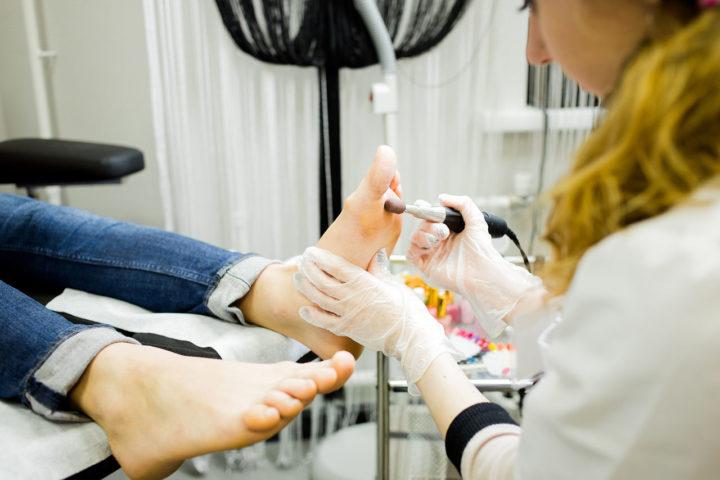

Stage 3
The master rubs a nourishing cream or oil into the cuticle of the nail, and then he can massage the feet. Then the nail plate is painted, where the master uses either regular varnish or gel varnish.
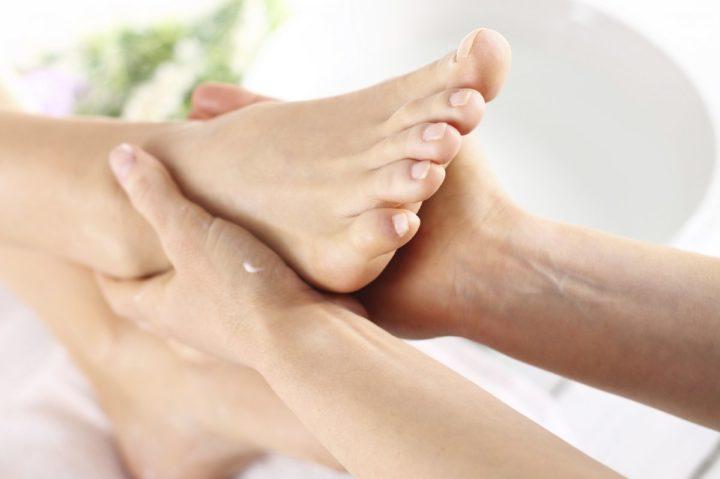
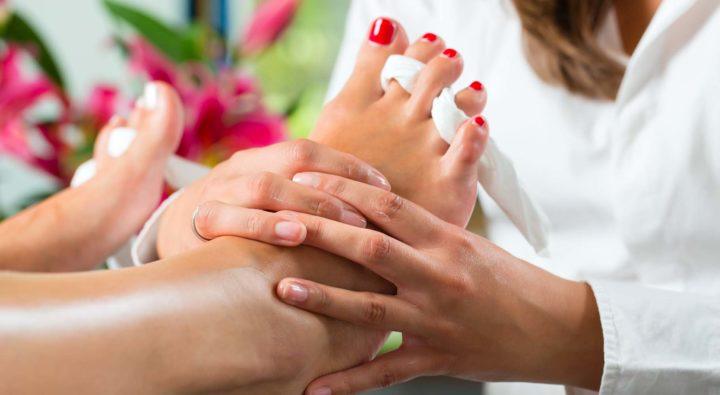
The main thing to remember is that in order to have beautiful and healthy feet, you need to visit the master in the salon at least twice a month.



